92 locations, no CGI: Fatima Jinnah series aims to make history
Creators discuss making of the ambitious project
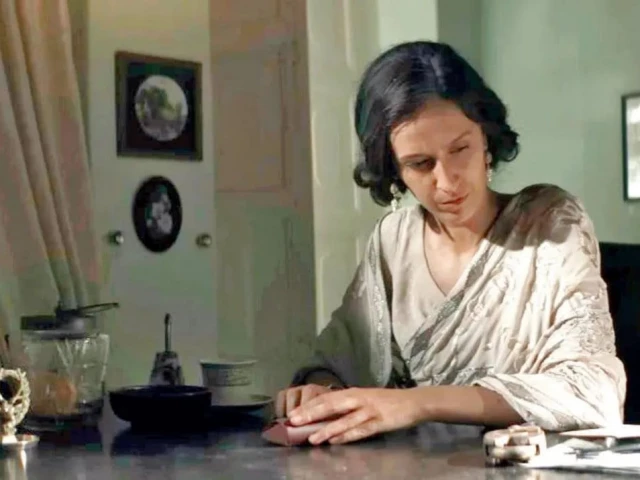
You can hear his enthusiasm and energy in his words upon interacting with Danyal K. Afzal, writer and director of the upcoming Fatima Jinnah series. One may chalk it up to inexperience or the nervousness that often accompanies an ambitious goal one sets upon himself, but you can see his passion for the project he's undertaking.
For the last three years, there have been sporadic news and updates regarding the anticipated project. Rumours about possible release dates surface and then die down. Afzal clarified that he and his team prioritises "authenticity over deadlines". He said building historical sets for the production was a massive feat that took a lot of time.
"Fatima Jinnah's birthday, her death anniversary, or even Quaid-e-Azam's birthday are all on the table," according to Afzal but he wants to focus on the post-production first and finish the project. However, he's grateful for the attention the series has been receiving.
"To this day, Partition and its key figures, especially Fatima Jinnah, hold a deeply emotional place in the conscience of our people."
It's evident the young filmmaker is quite fascinated by Pakistani history. In fact, he already has the next few historical series in the works. As for Fatima Jinnah, Afzal's interest in the figure began during his studies and once he was into it, there was no going back.
"Here was a woman who gave up everything to stand beside her brother, the only guardian figure in her life. The more I researched, the more captivated I became by her choices, her stances, and her quiet yet fierce resistance," said Afzal.
The series is divided into six volumes spread over three seasons. The director shared that the first volume "will barely scratch the surface of her legend", but he "cannot wait to introduce this version of Fatima Jinnah to Pakistan; a version often left out of textbooks."
Sajal or Sundas?
Early on, Sajal Ali was attached to the project. However, she left in 2023, leading Sundas Shaheen-Farhan to replace her. Afzal says Sajal "brought an energy and poise to the project that helped set the tone" for what they were building but emphasised that there's no drama to unravel behind her leaving the project. "We [series team as well as Sajal] both felt that the character's current arc wasn't aligning with her creative direction. And we respected that wholeheartedly. We parted ways on the best of terms. To us, she'll always be one of our Fatima Jinnahs forever!"
Not a lot is known about Sundas, who will be reprising the role moving forth, and the director is thrilled about it.
"I love the mystery. I want the world to meet her as Fatima Jinnah; not through hashtags and press articles, but through her performance. Once she's launched, I promise you she'll have people in awe."
Writing process
While Afzal wrote all six volumes during his college days, the screenplay was developed two years ago. He collaborated with a team of researchers, art directors and professors who "understood women's leadership from that era".
"To understand Fatima, you have to understand the people around her. Especially the women. Especially Bombay. Our Volume 1 is rooted in Bombay," said the director, describing the titular character as a "true Bombay girl".
The series has an ensemble of 58+ central characters, each with their own timeline that weaves into Fatima's. "Our history barely remembers Ruttie Petit, Jinnah's wife and Fatima's sister-in-law, and the first woman to lead a protest beside Jinnah after the Jallianwala Bagh massacre. She is one of our founders barely mentioned in any of our textbooks.
While the onscreen ensemble is big enough, there's an even bigger pool behind the cameras making it all come to life. Afzal credits his team for being the backbone of the project and addresses some particular concerns.
"None of us came from the traditional TV industry or had built sets this massive before. We were new and ambitious. We were mocked for being inexperienced. But we brought the quality people didn't expect from first-timers. We stood by our vision when it would've been easier to give up. And today, we stand proud, not just for surviving the pressure; but for thriving through it."
He says the labour of love is for "our awaam, our history, and for every underdog team with a dream."
Visuals and production
Head of Production Design Raza Shah, a university professor who one day "realised he couldn't play that role anymore", said working on the project "felt like Dorothy from The Wizard of Oz, trying to find the Emerald City without her magical slippers and with no golden path to follow. But soon, we felt rescued. Our director had a vision for all of us."
Shah, with his team, built historical sets across 92 locations, but said it wasn't just about creating sets but also "educating ourselves, diving diving into lost chapters of South Asian anthropology and history, then emerging with insights into the architecture, infrastructure, geography, climate, textile traditions, visual language, and color palette of that time."
To supplement the limited digitised, monochromatic records of the era and source the right production materials, they studied paintings from the era, analysed vintage textiles and jewellery patterns, and visited architectural landmarks for visual references.
"We didn't want our sets to resemble museum displays; we wanted them to feel lived-in and believable," said Shah.
Salman Aslam stepped in as the cinematographer to capture the sets in a way that was authentic to the story. He said the director is "allergic to wooden sets and CGI" so they shot everything on location, which means being more mindful of the sites with no green screen.
"Styles, colours, even interior lights behave differently depending on the time period. We aimed for visuals that today's audience could connect with, while still being true to the textures and limitations of that era," said Aslam, noting he wanted to keep it all "era-accurate".
Aslam points out how all visuals should be dictated by the script. "They need to carry meaning," and his job was to take those emotions and express them visually.
The key direction for him was to avoid making it look like a typical TV drama, hence no clean solos. With the cinematographer's dislike of the cliched sepia tone to achieve the "forced vintage tone" in period films, he believes he managed to "find that sweet spot between realism and visual appeal" to create images that feel real as well as cinematic.
Have something to add to the story? Share it in the comments below.

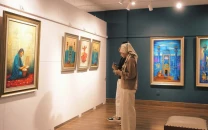


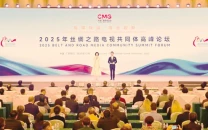


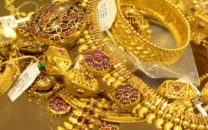




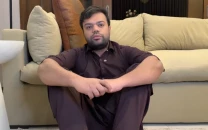

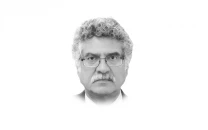




COMMENTS
Comments are moderated and generally will be posted if they are on-topic and not abusive.
For more information, please see our Comments FAQ